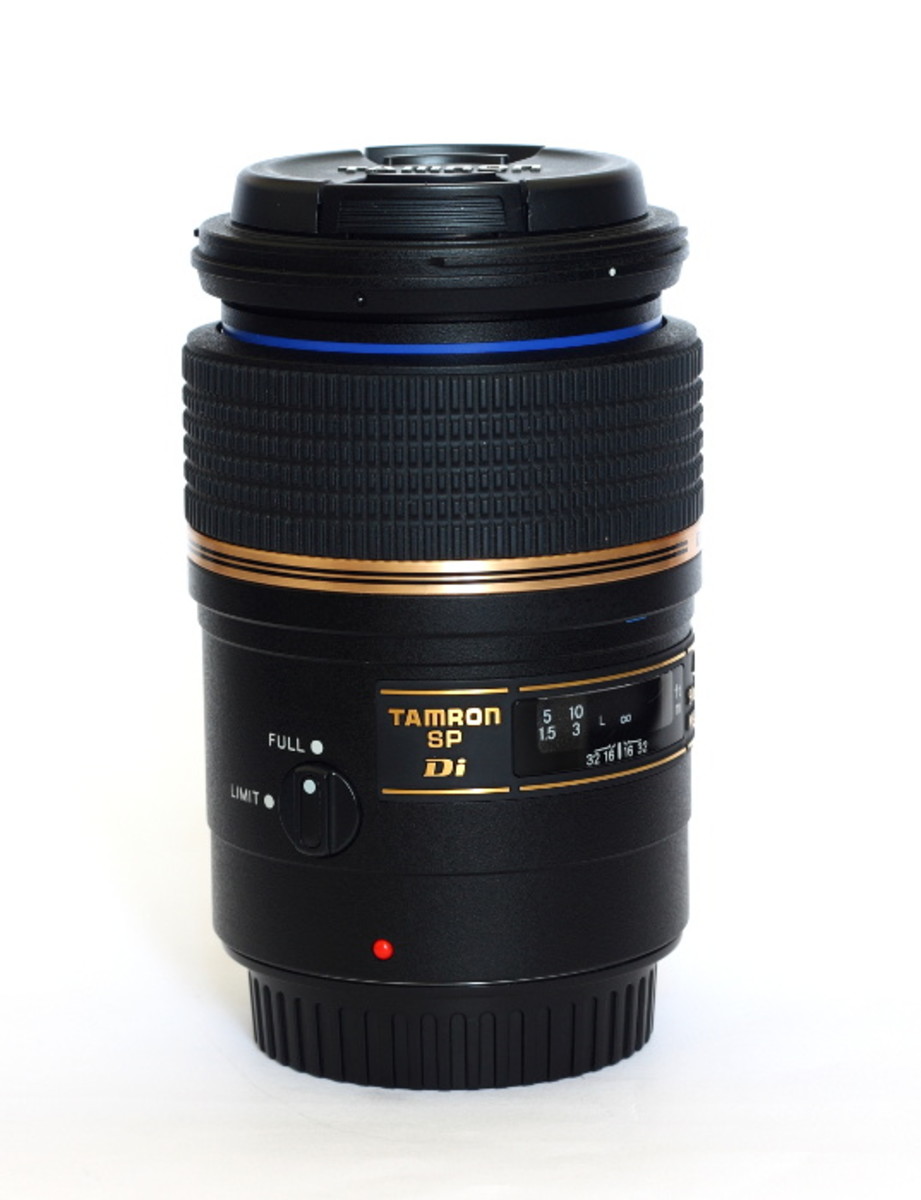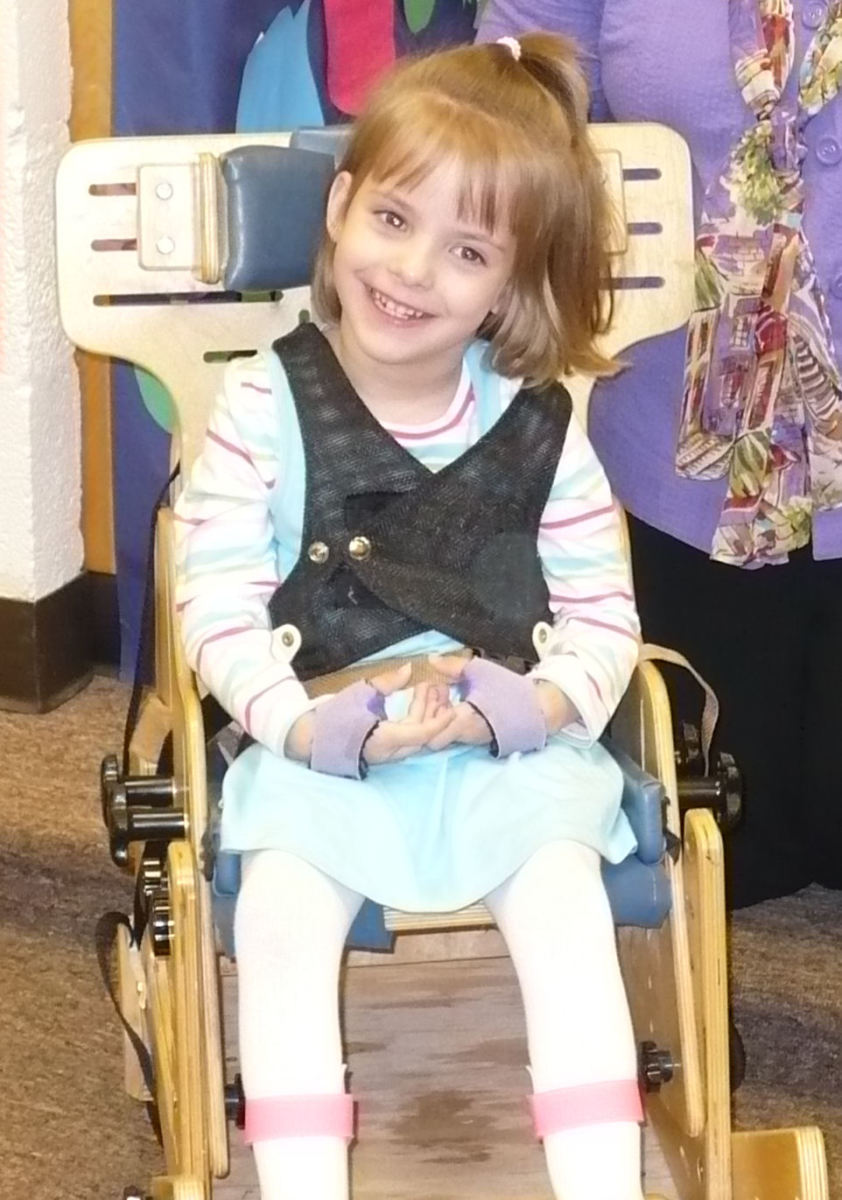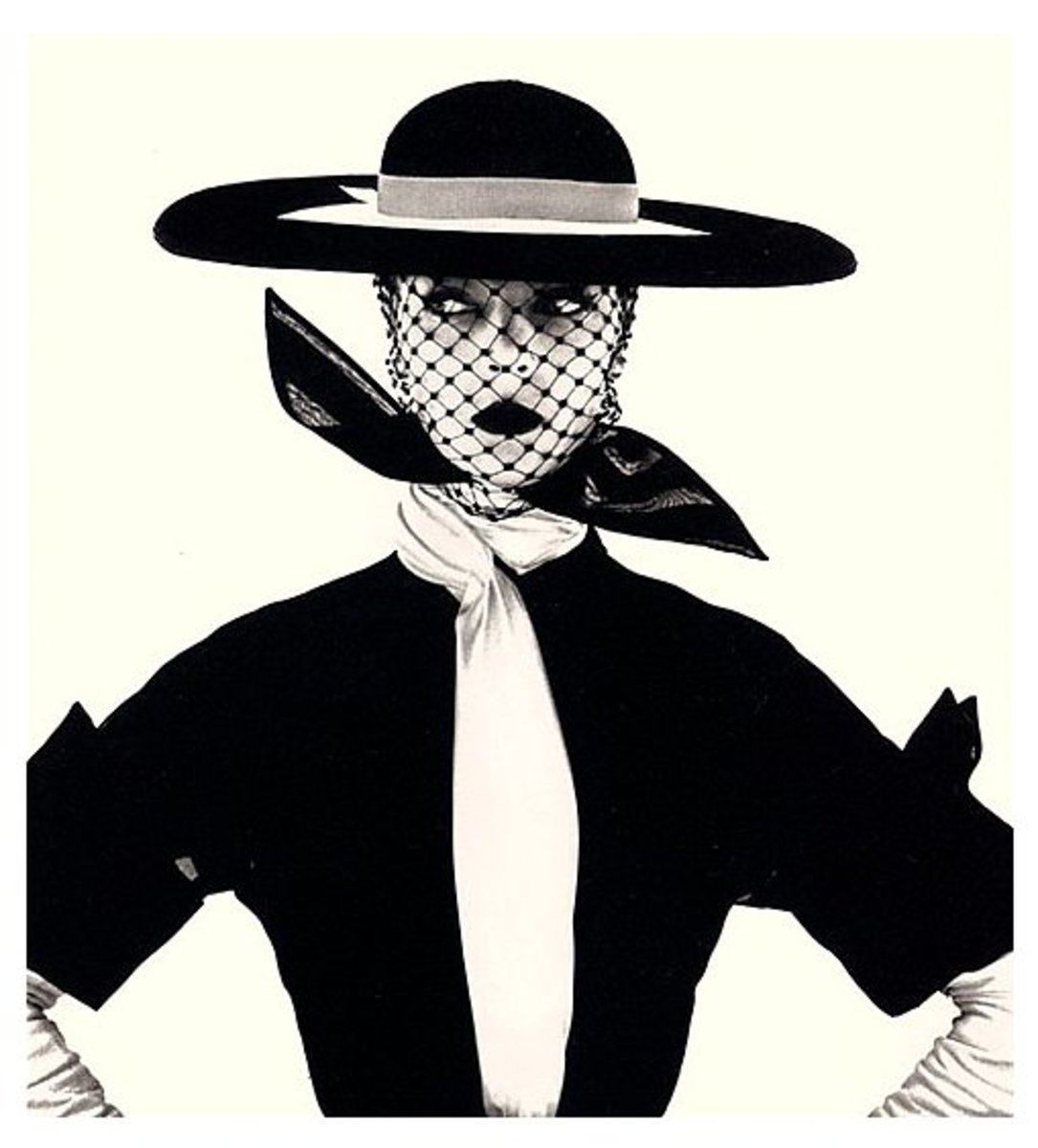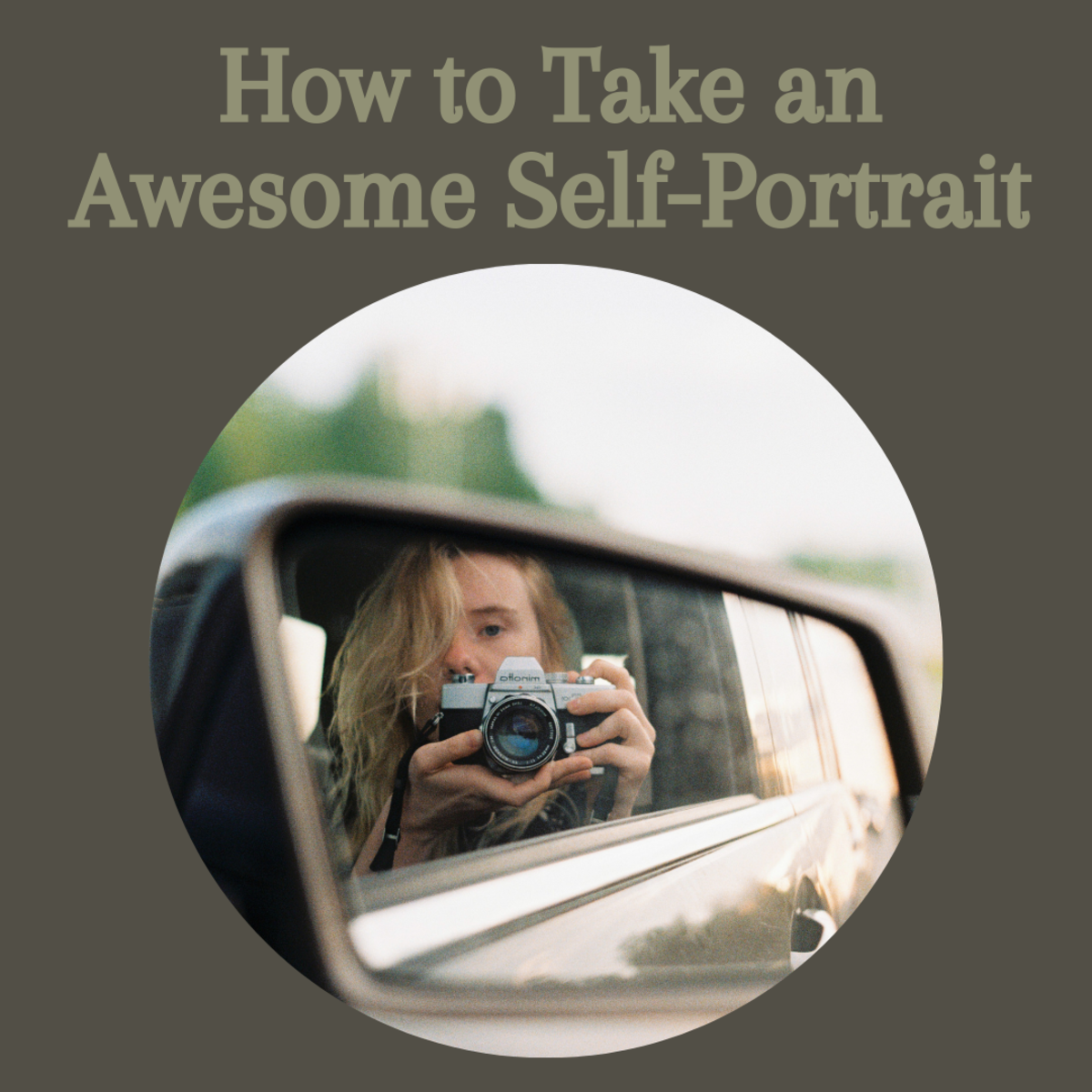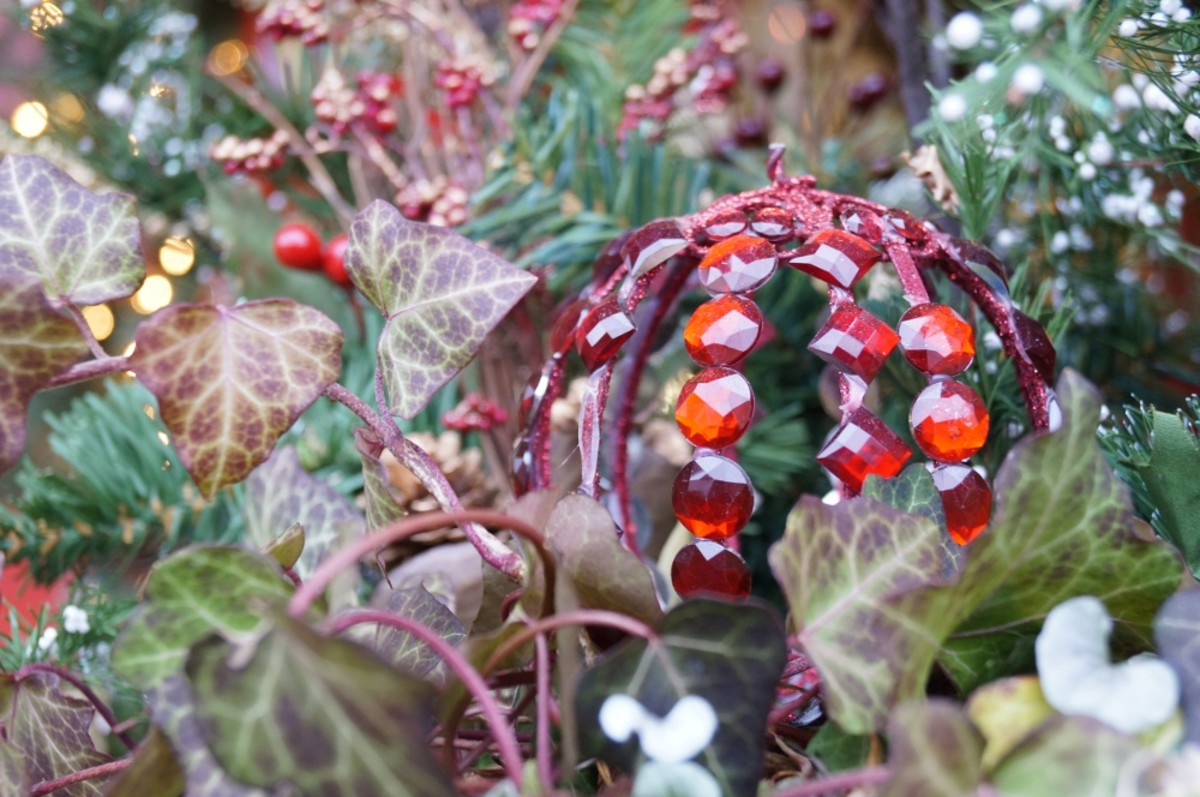Modular Systems for Quick and Easy Access to Photography Gear
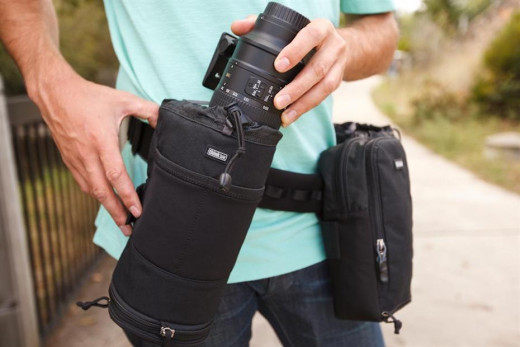
Photographers in the field tend to need three things when it comes on to carrying around their equipment and accessories -- quick access, comfort and security.
There are several means by which a photographer can carry around D-SLR equipment with the most obvious and common being a bag or pouch of some kind. Bags come in a wide variety of designs for particular purposes. Some bags may even meet the 3 criteria listed for a photographer on the go.
For event photography you’ve got to be ultra fast and snappy with lens interchange, changing battery packs, switching between cameras and protecting your equipment from bounces while you move from point to point taking expert shots. Sounds like a handful, and that’s not even half of it. Having to be on your feet for several hours -- sometimes even nonstop -- is not a ‘walk in the park’. For photographers who have to work under these conditions, a backpack may not be good enough. While there are backpacks that can offer relatively quick access to equipment while resting comfortably across the back of it’s owner, there are more practical means to carry around D-SLR equipment such as beltpacks or better yet -- modular carrying systems.
Beltpacks in the most simplistic sense are belts with a bag attached to it. They’re quite practical for easy access and comfortable carriage, but with the rigors of covering an event they are not usually dynamic enough.
Modular Systems are Customizable and Versatile
Modular systems are customizable, versatile and allow for rapid access to gear. Similar to the beltpacks, modular systems don’t incorporate a bag on your back or over your shoulder, but instead the weight rests upon your hips. This makes modular systems ideal for mobility and comfort. You can walk around with such a system and not feel the pressure of weight as if you were carrying around a bag.
Modular Systems are Adaptable to your Body
Adaptability is one of the key advantages of using a modular system, and you can select the components that you need for your modular system which matches your needs and shooting style. First off it’s the belt. The belt is likened to a tool belt of an electrician or construction worker which you can attach pouches of different sorts. Using the word ‘pouch’ rather loosely, it could mean a pouch for a flashgun, pouches for lenses, a pouch for a D-SLR and even a phone and a water bottle ‘pouch’. These are basic examples of the stuff you can carry around on a modular system. Vertical support can be increased with a simple ‘strap over shoulder’ or for even greater support, a harness. Some manufacturers even have vests that can be integrated with the modular belt system.
Modular systems in theory sound perfect, but of course in reality they are not of such. Most of them gain quite good reviews, but a popular complaint is that a person may look like a member of the special agents team, a carpenter or electrician. While modular systems are not particularly designed with fashion in mind, there are some photographers who would rather go more minimal -- which is by the way possible with a modular system -- or stick to a backpack. Another issue is that a modular system may not be the most appropriate method of carrying equipment around in the case where you’re formally dressed for eg. shooting at a wedding.
Lowepro and Think Tank are among the most popular manufacturers of modular carriage systems.
Lowepro’s Street & Field (S&F) Series have modular setups for the sports, event, street and multimedia photographer. Think Tank has a modular set and a skin set.
Although there are recommended bundles from each manufacturer, you have the freedom to choose what specific components that you need for your personal modular system.


